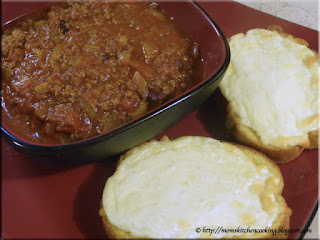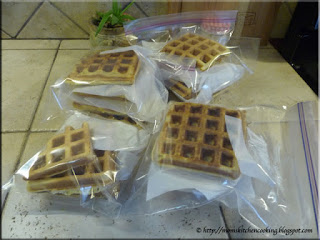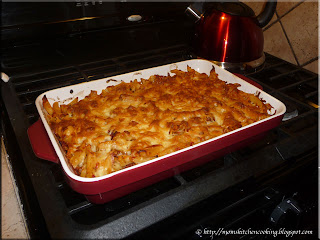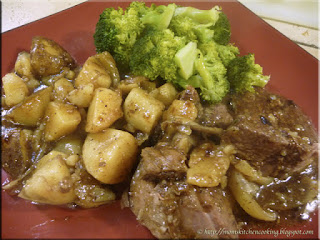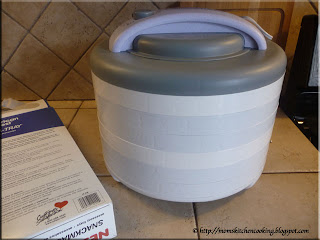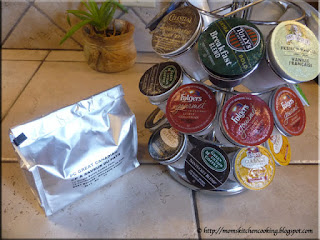My husband and I go out with the guys for wings on Tuesday night during dart season. It's just a casual little outing that doesn't cost much and gets me out of the house during the winter months. Trust me, I much prefer staying indoors in the winter! The days of 10¢ are long gone; they are up to 39¢ What I don't like about the restaurant we go to is the lack of consistency o one week they are great, the next week they are so so but they have never been horrid. They really are the only restaurant in town with chicken wings and the guys want wings. I usually get Caesar salad with no wings but sometimes get it with 6 wings. Caesar salad is my absolute favourite salad. Honestly though, restaurants seriously over charge for a Caesar salad with the average price per serving at $7 but it is one of the least expensive salads to make and most restaurants do not make their own Caesar salad dressing to begin with.
Any good salad starts with good ingredients and a Caesar salad is no different. Fresh lemon juice is a requirement of a good Caesar salad as it makes the salad sparkle. Don't use the bottled lemon juice Cut the lemon into wedges (5) then use one to drizzle over the cut lettuce and serve the rest of the wedges with the salad. Some prefer a bit more lemon taste.
I seriously detest when I pay a premium price for Caesar salad to be served 'artificial bacon bits' or worse yet 'bacon flavoured soy bits'. I make a lot of pea meal bacon but for Caesar salad like the thick cut bacon (6) my husband loves. I also don't like it cut into small pieces either. Sorry, but I like to taste the bacon in Caesar salad. I prefer homemade croutons made from home baked bread not the dump from the bag, store bought version. I don't make my own Caesar salad dressing (8). Instead, I use Renee's Gourmet Might Caesar salad dressing. This dressing contains no artificial colourants, flavours, sugars, and it is gluten free. It's low in saturated fats as well. Renee's contains no preservatives so must be refrigerated from time of purchase to use. I usually just mix it in with a fork.
After adding the dressing, I squeeze in the juice of one to two wedges of fresh lemon depending on the size of the salad and mix it in. Then I pour the dressed lettuce into the serving bowl and top with bacon pieces and croutons with fresh ground pepper, fresh grated Parmesan cheese and lemon wedges on the side. I've even added fresh lemon zest on top of the salad for entertaining.
Caesar salad is simple yet elegant. It is very easy to make, always sure to please. It took me a lot more time to edit pictures for this post and write. I can have a Caesar salad on the table from start to finish in less than 10 minutes.




















